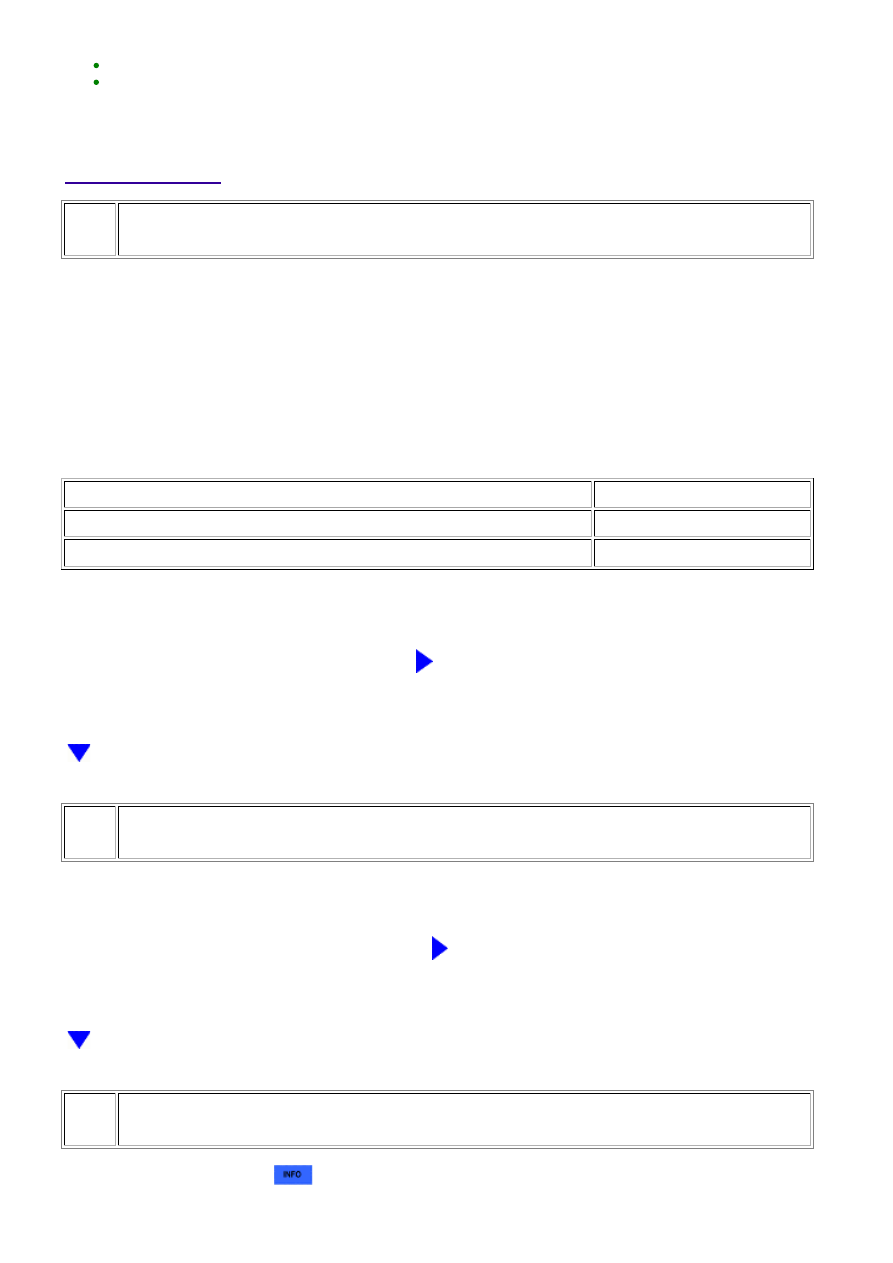Content .. 1524 1525 1526 1527 ..
Toyota Tundra (2015 year). Manual - part 1526

A
OK
This DTC relates to the thermostat.
Read freeze frame data using the Techstream. Freeze frame data records the engine condition when
malfunctions are detected. When troubleshooting, freeze frame data can help determine if the vehicle
was moving or stationary, if the engine was warmed up or not, if the air-fuel ratio was lean or rich, and
other data from the time the malfunction occurred.
PROCEDURE
1.
CHECK ANY OTHER DTCS OUTPUT (IN ADDITION TO DTC P0128)
(a) Connect the Techstream to the DLC3.
(b) Turn the ignition switch to ON.
(c) Turn the Techstream on.
(d) Enter the following menus: Powertrain / Engine and ECT / Trouble Codes.
(e) Read DTCs.
Result
RESULT
PROCEED TO
P0128 is output
A
P0128 and other DTCs are output
B
HINT:
If any DTCs other than P0128 are output, troubleshoot those DTCs first.
B
GO TO DTC CHART
2.
CHECK COOLING SYSTEM
(a) Check for defects in the cooling system that might cause the system to be too cold, such as
abnormal radiator fan operation or any modifications.
NG
REPAIR OR REPLACE COOLING SYSTEM
3.
INSPECT THERMOSTAT
(a) Remove the thermostat
.
3UR-FBE ENGINE CONTROL SYSTEM: SFI SYSTEM: P0128; Coola...